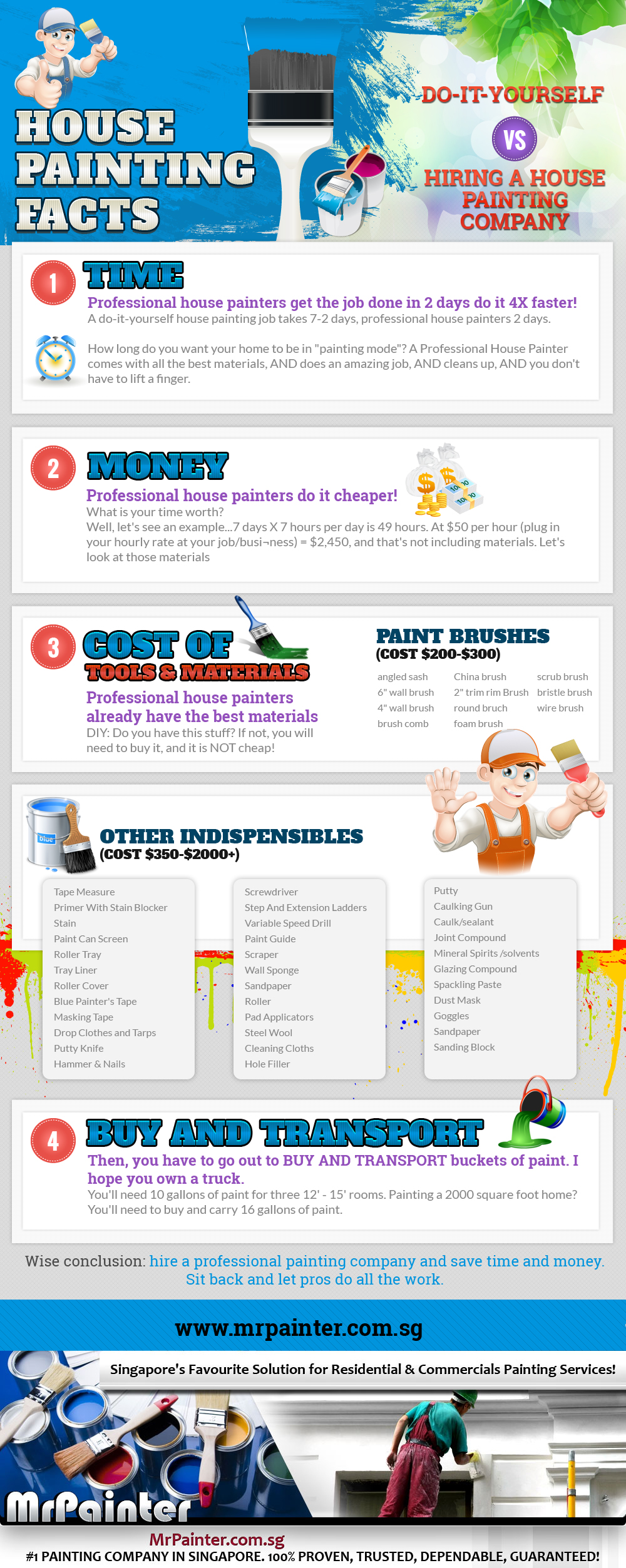Recognizing Seasonal Influences On Commercial Outside Paint: Necessary Understanding For Success
Recognizing Seasonal Influences On Commercial Outside Paint: Necessary Understanding For Success
Blog Article
Created By-Burnham Rosendal
When you're preparing a business external painting task, seasonal variables can make or damage your results. You'll wish to take into consideration how temperature level and moisture influence paint application and drying out times. Choosing the appropriate period can ensure your paint sticks appropriately and lasts longer. But which periods are absolutely the best for this sort of job? Allow's explore the key elements that can impact your job's success.
The Effect of Temperature on Paint Application
When you're intending an industrial outside paint task, the temperature level can considerably influence how well the paint sticks and dries.
Ideally, you want to paint when temperatures range in between 50 ° F and 85 ° F. If it's as well chilly, the paint may not treat properly, bring about concerns like peeling or breaking.
On the other hand, if it's also hot, the paint can dry out also swiftly, preventing proper attachment and resulting in an irregular coating.
Get More Information should also think about the time of day; morning or late afternoon supplies cooler temperature levels, which can be extra favorable.
Constantly examine the maker's recommendations for the specific paint you're using, as they typically supply advice on the optimal temperature level range for ideal outcomes.
Humidity and Its Effect on Drying Times
Temperature level isn't the only environmental aspect that affects your business outside painting project; moisture plays a significant role as well. High moisture degrees can reduce drying out times drastically, influencing the general high quality of your paint work.
When the air is filled with dampness, the paint takes longer to treat, which can cause problems like bad adhesion and a higher threat of mold growth. If you're repainting on an especially humid day, be prepared for prolonged delay times in between layers.
It's vital to check local weather and plan as necessary. Preferably, go for humidity levels between 40% and 70% for optimal drying.
Maintaining these factors in mind guarantees your project stays on track and supplies a long-term surface.
Best Seasons for Commercial Exterior Paint Projects
What's the best season for your industrial exterior painting jobs?
Springtime and very early fall are normally your best options. During please click the up coming document , temperatures are mild, and humidity levels are typically reduced, producing optimal conditions for paint application and drying.
Avoid business window painting , which can create paint to dry too quickly, leading to inadequate attachment and surface. In a similar way, winter months's chilly temperature levels can impede proper drying out and treating, running the risk of the longevity of your paint job.
Aim for days with temperatures in between 50 ° F and 85 ° F for ideal outcomes. Remember to check the neighborhood weather forecast for rainfall, as wet conditions can ruin your project.
Planning around these variables guarantees your paint task runs efficiently and lasts much longer.
Verdict
To conclude, planning your business outside paint tasks around seasonal factors to consider can make a considerable difference in the result. By scheduling work throughout the suitable temperature levels and humidity levels, you'll guarantee better bond and drying out times. Keep in mind to keep an eye on local weather forecasts and select the correct time of year-- springtime and very early autumn are your best bets. Taking these steps will certainly aid you achieve a durable and professional surface that lasts.
